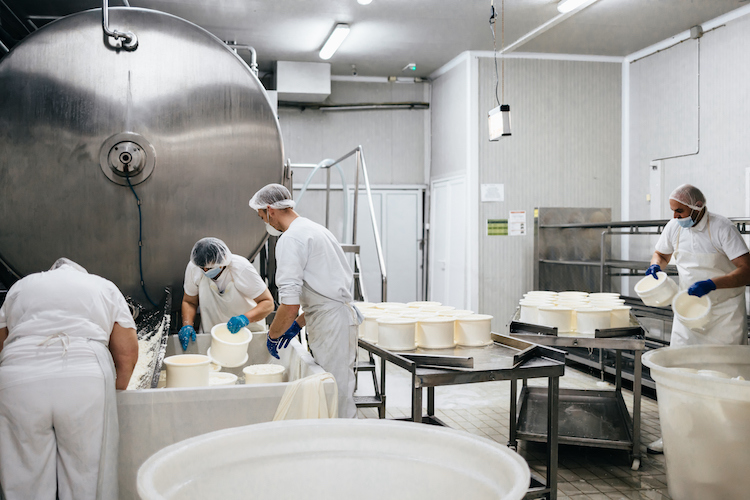
The farms dotted all over the U.S. vary in crops, size, structure, setting, and more, but they have the same goal — feeding people. According to a new report, they also feed into the $8.6 trillion economic engine that is America’s food and agriculture sector. That number represents nearly one-fifth of the country’s economic activity.
The report, titled “Feeding the Economy,” is published annually and supported by a range of U.S. farmer and agricultural groups. The recently released 2023 edition shows that every state grew its agricultural economic output compared to 2022.
The bulk of economic activity can be contributed to the fact that agriculture is directly responsible for 22.92 million jobs, or almost 15% of U.S. employment. This number includes jobs on more than 2 million farms and in agribusinesses.
Of course, there are also thousands of people who help supply farms and agribusinesses, move their products, and regulate and inspect the industry. More than 200,000 food manufacturing, processing, and storage facilities keep the food chain moving, the report states. This totals about 11.68 million more jobs.
Finally, the report explains how the spending power of people employed in direct and indirect agricultural positions creates jobs and further economic power. “This spending – on everything from housing, to food, to education, and medical care – makes up what is traditionally called the ‘induced impact,’” the report described. The 2023 induced impact of the industry is estimated at another 11.68 million jobs and an economic impact of $2,470 billion.
Finally, a food item reaches its end user at one of the nation’s more than 1 million restaurants or one of approximately 200,00 retail food outlets around the country.
All together, these 46,283,917 jobs lead to $2.6 trillion in wages. Agricultural companies contribute $947.9 billion in taxes to local, state, and national economies, the report further detailed.
“The strength and growth highlighted in this year’s report reinforce that agriculture is evolving and innovating to meet the demands of the 21st century,” the project’s 25 supporting companies shared. Though farmland has declined, land and labor efficiencies have allowed productivity to make steady gains in a world that is demanding more nutritious food than ever.
You can read the full report and see agriculture’s economic impact in your state and congressional district here.








